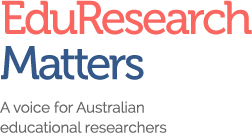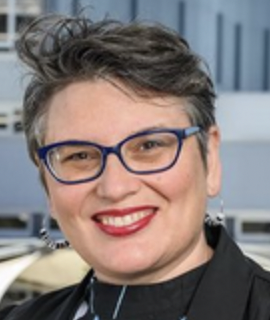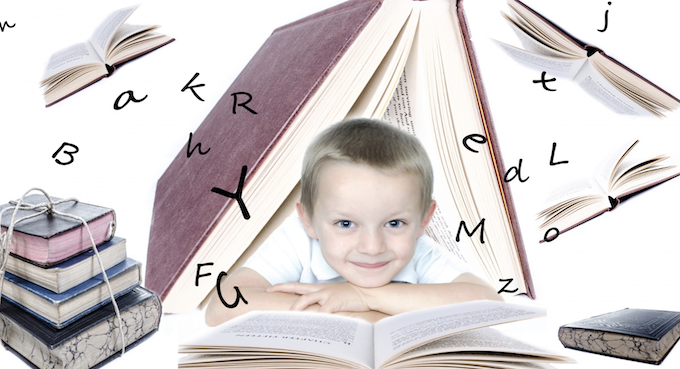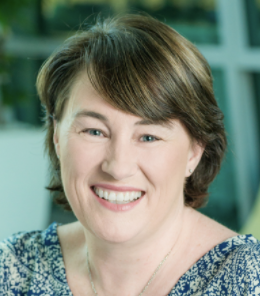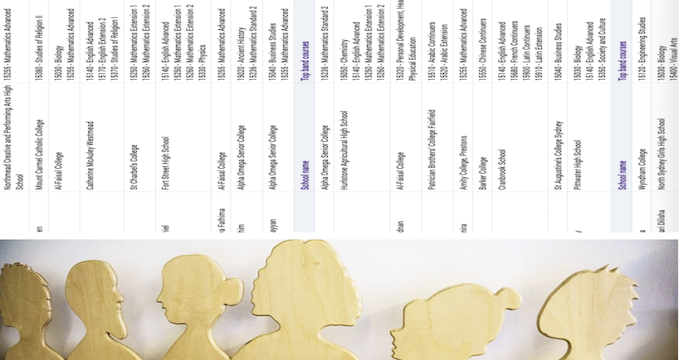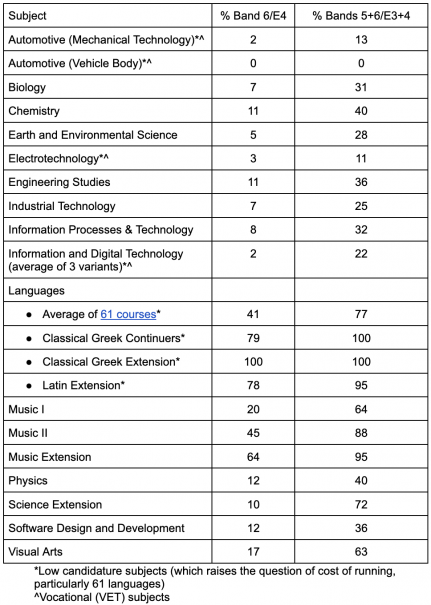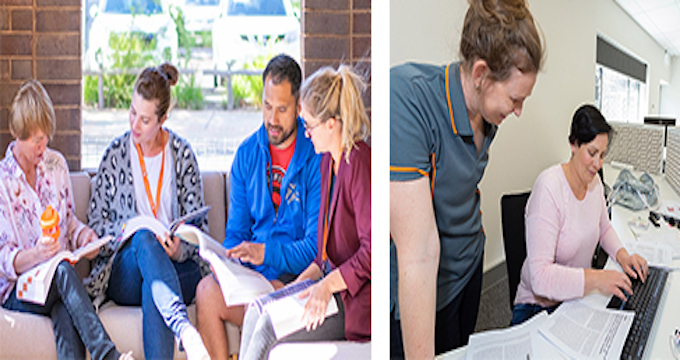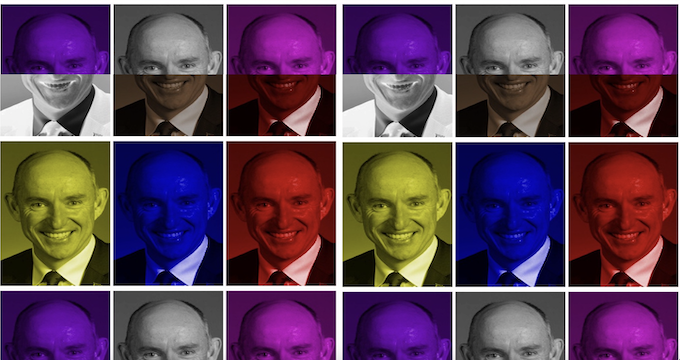.
Recent blog posts and articles in The Age have yet again stirred debates about the reading wars. We are writing this piece as a call for unity because we agree with the recent blog authors that there is no “perfect way” to teach reading. However, we know from both research and practice that are unequivocally better ways that are both more efficient and more effective for a diverse student cohort, including the most disadvantaged.
Better ways to teach all students to read
Effective reading instruction involves using the most equitable and efficient teaching practices which result in the highest proportion of children in a class becoming literate. Such practices are informed by the most reliable evidence about the theoretical basis of a reading curriculum, its scope and sequence, and the pedagogies that are most effective.
To teach reading equitably, teachers must be equipped to use practices that are designed to be beneficial for the most diverse student cohort, not just those in the middle of the curve or better. This is more socially just because it results in fewer children needing access to scarce intervention and support resources.
To teach reading efficiently, teachers must be equipped to teach using methods known to have the greatest impact and provide the best support for all students to “crack the code” of the most complex writing system in the world, enabling them to move quickly beyond learning to read, into learning through reading.
The reading wars stem from differences in beliefs as to how this is best achieved.
What are these differences?
Champions of implicit teaching argue that immersing a child in a print-rich environment in conjunction with using incidental instruction creates an environment in which children can learn to love reading. These champions emphasise that extracting meaning from text should always be the highest priority in any teaching moments. Some in this “camp” even argue that explicit and systematic instruction in reading subskills is harmful and can damage students’ potential love of reading while de-professionalising teachers. We have not yet found any empirical evidence to support these claims.
Champions of a structured approach, a group in which we count ourselves, promote the use of a carefully planned scope and sequence of reading instruction using practices supported by strong research evidence. They argue that reading is made of teachable subskills best taught explicitly with some skills being pivotal to the acquisition of subsequent skills and needing to be mastered first. The most common example is phonic decoding or “cracking the code” being a precursor to reading automatically and fluently to aid comprehension, along with developing strong vocabulary skills and background knowledge. This does not mean that decoding is all that is taught at first but is done in an integrated manner using a rich and varied range of books to build children’s background knowledge and vocabulary. These claims are supported by decades of international research and three national inquiries.
Which approach has the most evidence (with a capital “E”)?
There are different types of evidence and each approach above has an abundance of evidence to support it. However, the structured approach is backed by experimental and empirical research best suited to determining the effectiveness of a teaching practice in a classroom. Such research can also be further assessed through systematic reviews and meta-analyses, occupying the highest levels of evidence, meaning that confidence in the findings is higher.
Such research suggests systematic and explicit instruction in the reading subskills of phonemic awareness, decoding, and fluency are efficacious for teaching children to read more accurately and fluently in the early years. Research also indicates that students with learning difficulties and disabilities can master reading when they are provided early with systematic and explicit instruction, as opposed to incidental and implicit instruction, making this a more equitable approach to the teaching of reading.
What does this evidence suggest?
It is important to support teachers by providing them with knowledge and skills through a framework that supports teacher autonomy and decision-making to enable personalising of learning for students. However, the Four Resources model promoted in the recent blog is not the most helpful framework for reading instruction, nor does it have the most evidentiary support.
The Four Resources Model rests on a conceptualisation of reading as a component of critical literacy, being a “mode of second guessing texts, discourses, and social formations”. The architects of the model argue that teaching reading relies on teachers selecting practices based on how they view students’ existing economic, social, cultural and linguistic assets for which the model maps a range of practices to use in response. We have not been able to locate any robust empirical research that affirms the Four Resources model as a theory of reading, or as a framework for teaching reading.
The Cognitive Foundations Framework on the other hand, is an empirically-grounded and practical model for supporting teachers’ decision-making about instruction and support. It provides teachers with a clear map of students’ areas of strength and weakness in reading subskills. Such mapping provides teachers with a clear path to personalising teaching by identifying what individual students know and what they need to learn next to become skilled readers.

Figure 1: The Cognitive Foundations Network
Source: Graphic from Hoover and Tunmer (2019)
Our research and practice highlights the importance of preparing teachers to use approaches that are systematic and consistent across classes and schools. Teachers and leaders knowledgeable in these are the cornerstone of developing skilled readers and can ensure 95%-plus students achieve foundational skills.
Many teachers we have worked with speak of their regret when they think of the students in their former classrooms who did not successfully learn to read: children who they now realise could have become successful readers.
A call for unity
Every year that we spend debating is another year that many children do not receive the instruction they need to learn to read. This locks them out from all that education has to offer, entrenching deficit perceptions and economic disadvantage.
We need to focus on what we all share: a strong desire to create skilled readers and find ways to enhance the community standing of teaching by ensuring that knowledge that belongs to teachers is placed in their hands before they arrive in classrooms.
Let’s give them the full set of professional knowledge and skills they need to truly personalise teaching and ensure every child learns to read and succeed at school.





From left to right (top row) Kate de Bruin, Pamela Snow, (bottom row) Linda Graham, Tanya Serry and Jacinta Conway
Kate de Bruin is a Senior Lecturer in Inclusion and Disability at Monash University. She has taught in secondary school and higher education for over two decades. As a high-school teacher she taught English for years 7-12, ran reading intervention, and provided cross-curriculum support to students with disabilities and learning difficulties. Pamela Snow is a Professor of Cognitive Psychology in the School of Education at the Bendigo campus of La Trobe University, Australia. In addition to experience in teacher education, she has taught a wide range of undergraduate and postgraduate health professionals. Pamela is a registered psychologist, having qualified originally in speech-language pathology. Her research has been funded by nationally competitive schemes such as the ARC Discovery Program, ARC Linkage Program, and the Criminology Research Council, and concerns the role of language and literacy skills as academic and mental health protective factors in childhood and adolescence. Linda J. Graham is Director of The Centre for Inclusive Education (C4IE) in the Faculty of Creative Industries, Education and Social Justice at Queensland University of Technology (QUT). Her research focuses on responses to students experiencing difficulties in school and with learning. Tanya Serry is an Associate Professor (Literacy and Reading) in the School of Education and co-director of the SOLAR Lab. Previously, she taught in the Discipline of Speech Pathology. Her research interests centre on the policy and practices of evidence-based reading instruction and intervention practices for students across the educational lifespan. Jacinta Conway is a highly experienced educator who has spent 19 working in classrooms and educational leadership, overseeing and implementing a range of interventions and support for learners, both in primary and secondary settings. She currently works as a learning intervention specialist and consultant. Jacinta has a Bachelor of Education (Primary) and a Masters in Learning Intervention (Specific Learning Difficulties). She sits on the council for Learning Difficulties Australia.

